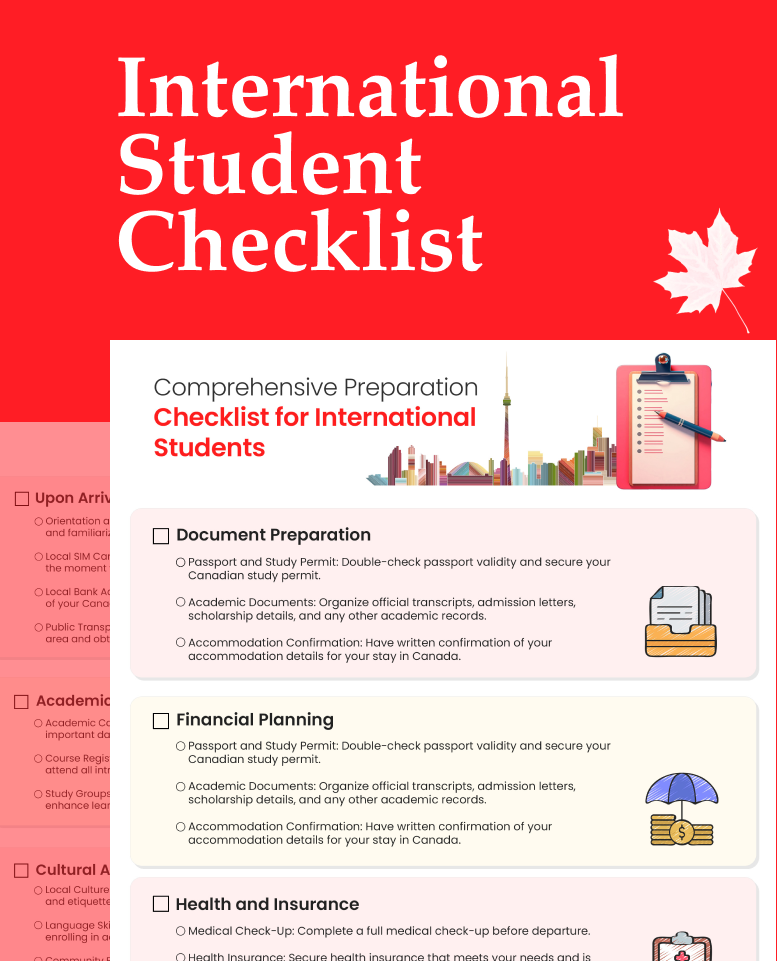eSIM vs Physical SIM – Which Is Best?
What is a SIM card?
A SIM card, short for Subscriber Identification Module, is a small physical card that you insert into your phone to connect to mobile networks and access your network subscription information. SIM cards come in different sizes, with the Nano-SIM being the industry standard today. They were invented by Giesecke and Devrient, a German smart-card manufacturer, in 1991. With limited storage capacity, SIM cards allow you to easily transfer contacts between devices.
One of the key advantages of a physical SIM card is its portability. You can easily switch it between devices without contacting your carrier. However, the tray required for the SIM card takes up valuable space inside modern smartphones that already have a lot of technology packed into their slim designs. As a result, phone manufacturers have sought out alternative solutions like the eSIM, which can offer the same functionality without requiring the same amount of physical space.
What is eSIM Card?
An eSIM, or embedded SIM card, differs from a physical SIM card in that it is permanently fixed onto the device’s motherboard, rather than being inserted and removed. Although the eSIM cannot be physically removed, it can still be rewritten, allowing you to switch phone numbers or change carriers as needed.
With an eSIM, setting up or switching to a new phone number or carrier is often more convenient than with a physical SIM card. You no longer need to wait for a physical SIM card to be delivered, or deal with the hassle of using a SIM ejector tool. Instead, the process can be done quickly and easily over the phone or through an app. This convenience can be especially beneficial for frequent travelers or those who frequently switch carriers.

Download your International Student checklist
What's the difference between an eSim vs a physical SIM card?
The main difference between an eSIM and a physical SIM card is that the eSIM is embedded inside the device and cannot be removed or replaced like a physical SIM card. Here are some other key differences:
eSIM:
- Embedded into the device’s motherboard
- Does not require physical swapping
- Can be programmed or changed remotely
- Can store multiple profiles
- Takes up less physical space in the device
Physical SIM:
- Requires physical swapping of the card
- Cannot be remotely programmed or changed
- Can only store one profile at a time
- Can be used in a wide range of devices
- Can be easily replaced if lost or damaged
Physical SIM vs. eSIM - Which Is Better?
The Similarities Between Physical SIM and eSIM
- Physical SIM and eSIM both connect your device to your mobile provider’s network
- Both can be used in many different devices, not just phones
- Both identify your device and the type of plan used
- Both can be used simultaneously in a dual-SIM device
- Both are technically “SIMs”
- SIM is a physical chip that is installed or removed in your device with your carrier’s plan
- eSIM is built-in to your device and downloads your carrier’s plan indirectly
While many travelers may find eSIMs to be a more appealing option, there are still advantages to selecting traditional SIM cards from carriers when traveling abroad.
Here are the positive aspects of SIM cards:
- SIM cards are a well-established mobile technology.
- Major mobile data carriers use SIMs for the majority of their data plans.
- SIM cards are removable and can be swapped into another unlocked phone with a working battery.
- SIM cards are upgradable and can be replaced by your mobile provider if the chip manufacturing is outdated or if you want to upgrade your plan.
- Prepaid SIM cards are easy to access, and many travelers can find a prepaid SIM plan at a local market or convenience store when they’re abroad.
- SIMs are prone to damage or loss: They can be easily damaged or misplaced when handled outside of the phone.
- SIMs are tied to a carrier’s plan: You need to purchase and insert a new SIM card from another carrier if you want to change your plan.
- SIMs can only store one plan at a time: It’s not possible to store multiple plans on a single SIM card.
- SIMs are vulnerable to hacking: If your phone is lost or stolen, a hacker can easily access your SIM and use it fraudulently.
- SIMs are difficult to locate: Unlike phones, SIM cards can’t be tracked using features like “Find My iPhone.”
Here are some of the notable advantages of eSIMs:
- eSIMs are convenient: They can be downloaded anywhere with a network connection.
- eSIMs are competitively priced: They cost the same as traditional SIM cards.
- eSIMs are easy to install and use: It only takes a few minutes to download and install an eSIM.
- eSIMs cannot be physically damaged or lost: Since they are embedded in your device, they are much harder to damage or lose.
- You can store multiple eSIM plans: Some phones allow you to download and store multiple eSIM plans, giving you flexibility when you travel.
- eSIMs are harder to hack: Hackers must go through a billing-process security feature and the cloud to access your phone details while roaming with an eSIM.
- eSIMs are easier to locate: Network providers can locate your eSIM over the air, making it easier to find your phone if it’s lost or stolen.
- eSIMs are not compatible with older phone models: Since eSIMs are a relatively new technology, they are not available for use in older phone models.
- Transferring data can be difficult: If you damage your phone, you cannot simply remove the eSIM and transfer it to another device. Instead, you must download your data from the cloud to retrieve your contacts, messages, and other media.
When planning a trip abroad, choosing between a physical SIM and an eSIM can be a tough decision. Luckily, there are options available to Canadians who are moving to Canada or traveling internationally.
For those who want to keep their physical SIM, CanadianSIM offers a variety of postpaid SIM plans with competitive rates and reliable coverage. The advantage of using a physical SIM is that you can easily swap it between devices and have the option to purchase multiple SIM cards for different countries.
Ultimately, the choice between a physical SIM and an eSIM will depend on your personal preferences and needs. If you’re moving to Canada or planning a trip abroad, it’s important to consider the coverage, cost, and convenience of both options before making a decision.
Related Posts




















